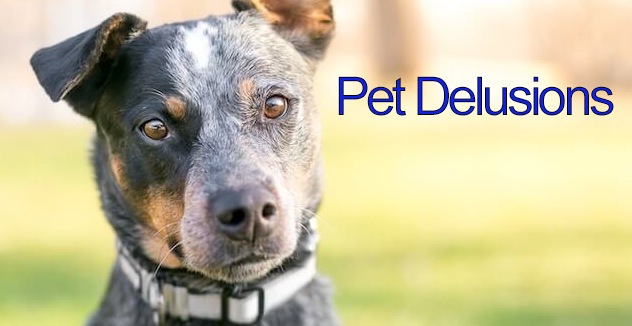Large Animals
Most of the animals seen here can actually be considered rodents, but that term is often used to describe pests and not pets. So most companies will call them small animals instead. Despite the negativity behind them they are often very loving and social creatures.

Hamsters
Myth
Hamsters are a great first pet for a child.
Fact
This isn’t necessarily wrong, but it depends on the age of the child. Hamsters still need plenty of care like any other animal so they aren’t meant to be under the full care of someone under the age of 12. Most children won’t know when to give hamsters space and can easily get bitten. Hamster bites are no joke too and can easily draw blood.
Myth
My hamster seems lonely so it needs a friend.
Fact
This is very dependent on the breed, but overall hamsters should almost never be housed with another. Plenty of hamsters, like Syrians, should not be housed together. The sex of either hamster does not play a roll, they can and will severily injure and even kill each other if housed with another hamster. If you don’t have a syrian then you need to stick with the same species of hamsters and better yet try to get their siblings of the same sex.
Guinea Pigs
Myth
Wheels or hamster balls are good for Guinea Pigs.
Fact
Guinea Pigs actually have very weak spines that make it impossible to curve. Wheels or balls can severely injury them over time and possibly kill them.
Myth
Guinea Pigs do fine in small cages.
Fact
Despite the term small animals, guinea pigs need a lot of room to run around. Below there will be a nice table to explain how much room you need for each additional guinea pig you want.
| Guinea Pigs | Area Size | Length Size |
|---|---|---|
| 2 | 0.7sq m | 76 × 127cm |
| 3 | 1sq m | 76 × 157cm |
| 3 | 1.2sq m | 76 × 193cm |
